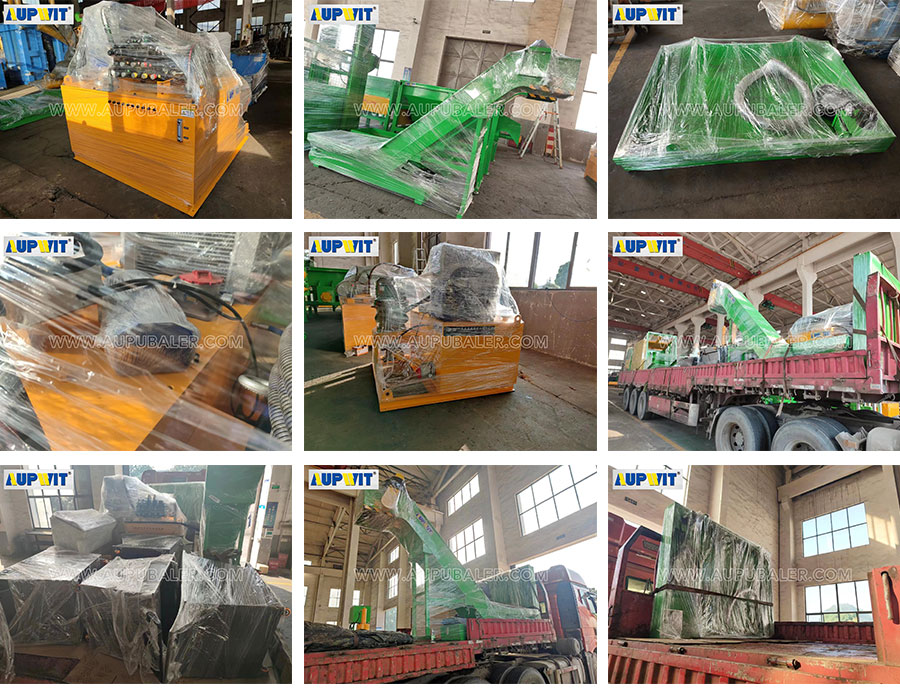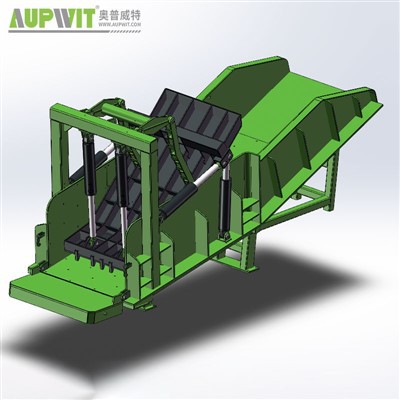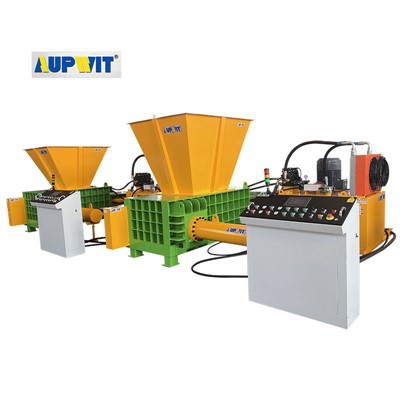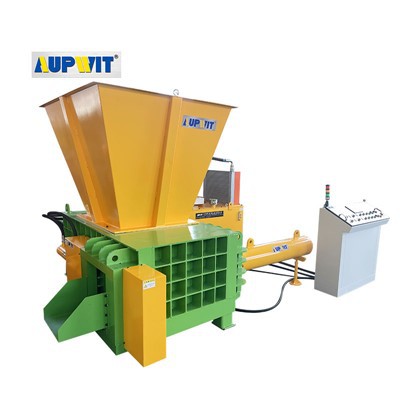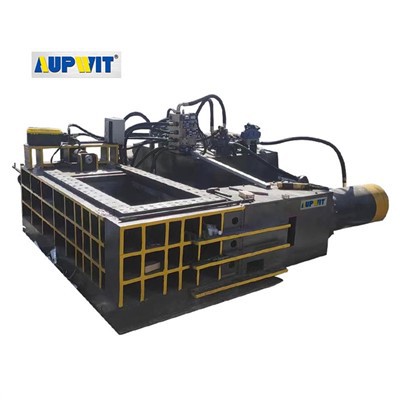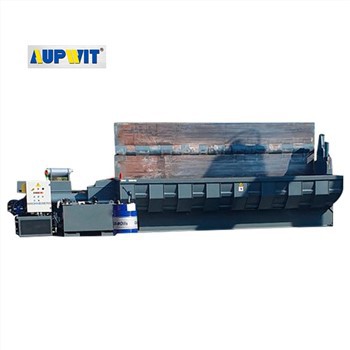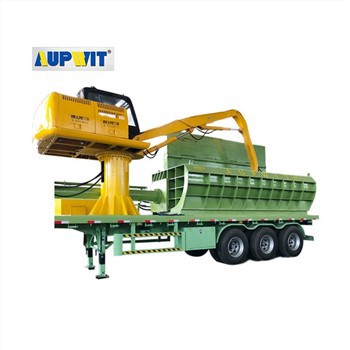1. Production capacity
Usually measured by the number or weight of briquettes that can be produced per hour or day, such as kg/h or t/d. It needs to be selected according to its own production scale and needs. For example, large enterprises usually need equipment with strong production capacity to meet the requirements of large-scale production; small enterprises or workshops can choose equipment with moderate production capacity to avoid idle equipment.
2. Pressing pressure
The pressure directly affects the density and quality of the briquettes, and the unit is generally tons (t) or megapascals (MPa). If you want to press briquettes with higher density, such as metal chip briquettes, you need to choose equipment with higher pressing pressure; for some softer materials, such as biomass materials, relatively low pressure may be enough to complete the pressing.
3. Mold size and shape
The mold determines the final size and shape of the briquettes. Common shapes are round, square, rectangular, etc. The appropriate mold size and shape should be selected according to the material characteristics, storage and transportation requirements, and market demand. For example, charcoal briquettes for barbecue may be more suitable in round or square shapes; while biomass briquettes for industrial boilers may be more convenient to stack and transport in rectangular shapes.
4. Power type and power
The power types are mainly hydraulic, mechanical and electric. Hydraulically driven Briquetting Press usually has the advantages of high pressure and smooth operation, but the maintenance cost is relatively high; mechanically driven equipment has a simple structure and low cost, but the pressure and efficiency may be relatively low. The power size is determined according to the production capacity and work intensity of the equipment. The greater the power, the higher the operating capacity and production efficiency of the equipment, but the energy consumption will also increase accordingly.
5. Degree of automation
Equipment with a high degree of automation can reduce manual operation, improve production efficiency and product quality stability, such as automatic feeding, automatic pressing, automatic discharging and other functions. The appropriate degree of automation can be selected according to the production scale, labor cost and production management needs of the enterprise.
